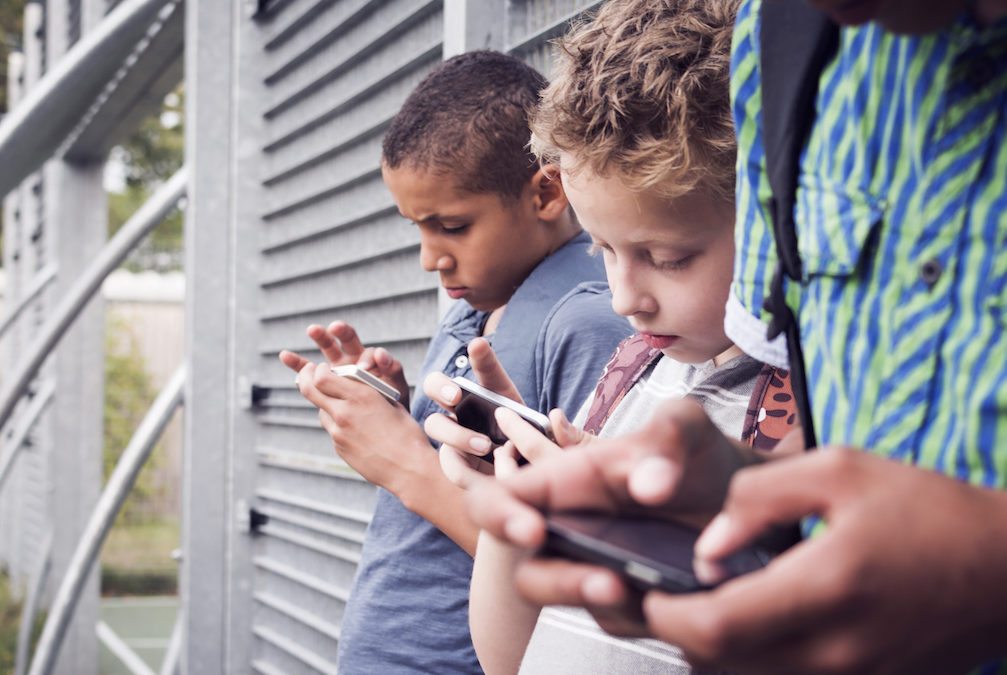In my TEDx talk, Why Aren’t We Awesomer?, I adapted the metaphor, pointing out that the mind works more like a projector than a camera. In that version, the mind is the projector, thought is the film, and consciousness is the screen on which we see the movie. One of the reasons we enjoy going to the cinema is that we’re able to forget that “it’s just a movie” and get caught up and swept away by it, feeling fear, sadness, joy, and laughter and the full panoply of emotions while we watch.
What I’ve found over the years of teaching people about how the mind works is that these metaphors make sense to them at a sort of an instinctual level. They begin to see how they live in the feeling of their thinking, not the feeling of the things being thought. And thought, by its very nature, changes.
When people see this for themselves It creates more headspace. They get more curious about and less afraid of their experience, and they begin to feel more peace and freedom in their lives.
But over the past couple of years, some of the teens and millennials who’ve heard me talk about “the projector of the mind” have asked me a question I didn’t expect:
“What’s film?”
While this makes me feel breathtakingly old (I know, I know, “it’s just a movie” :-), it’s also a fair point. My fifteen year old daughter has taken thousands of pictures in her life without ever using a camera; our local cinema proudly proclaims “digital projection” as the new cutting edge, and blockbuster movies like The Avengers and the Oscar winning Birdman were made without ever exposing a single reel of film.
So how do you explain the workings of the mind to kids?
Over the past week, I spent a fair bit of time both mentoring and learning from the women of the Cypress Initiative, a non-profit based in Tampa, Florida that teaches the Three Principles in local schools and via their S.P.A.R.K. Curriculum around the world.
They shared the metaphor for the mind they often use with kids from elementary school through high school. The kids “get it” quickly, and it opens up new possibilities for them at a formative and often difficult time in their lives…
Thought gives you the power to evaluate, imagine, and remember. It’s how we create life moment to moment. If the Spark of the mind is like Wi-fi, Thought is like the apps that you have on your phone. The possibilities are limitless and there are always tons of options. Whatever app you’re using right now will create the experience you’re having right now. Change apps and you’ll have a completely new experience.
Consciousness is your awareness of what you’re thinking and feeling and of whatever’s going on in your life. Essentially, it’s you. Without consciousness, you wouldn’t even know you exist. If your Spark is like Wi-fi and Thought is like apps, Consciousness is the device you experience them with – your phone, tablet, or computer. It’s the way you interface with the world.
What this means is that you are the source of your own experience. Everything you think, you feel; everything you feel, you experience.
Let’s take the analogy a little bit further. You know how sometimes you feel a bit lost or overwhelmed? That’s like having too many apps on your phone and running out of storage. You can’t add anything new until you let go of some of the old ones. If your device is running slow, you need to close out of the apps that are already open to get the most out of the next one you open. And if you’re really not liking the experience you’re having (i.e. the app you’re using), you can always press the “Home” button and get a fresh start…
- They wake up to the fact that they’re caught up in their thinking, not their circumstances
- They settle down in their minds
- Something new comes to mind that brings with it feelings of hope, security, and well-being
As Syd Banks, the enlightened Scottish welder who first articulated this understanding used to say, “Every human being is sitting in the middle of mental health – they just don’t know it. And no matter what’s going on in your life, you’re only ever a thought away from happiness.”
With all my love,
![]()






